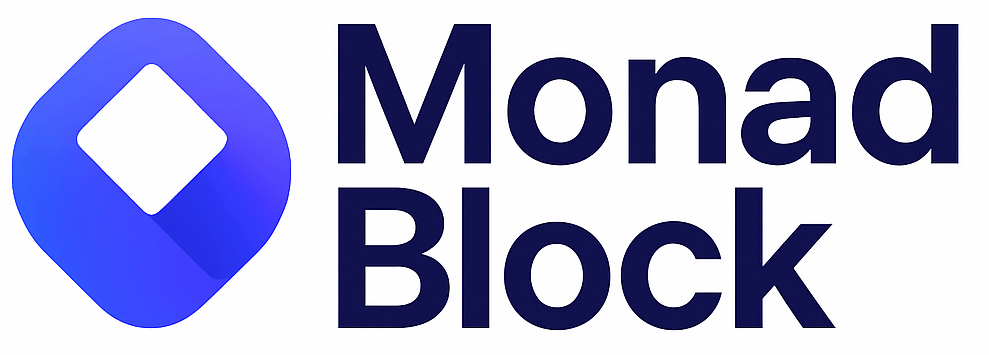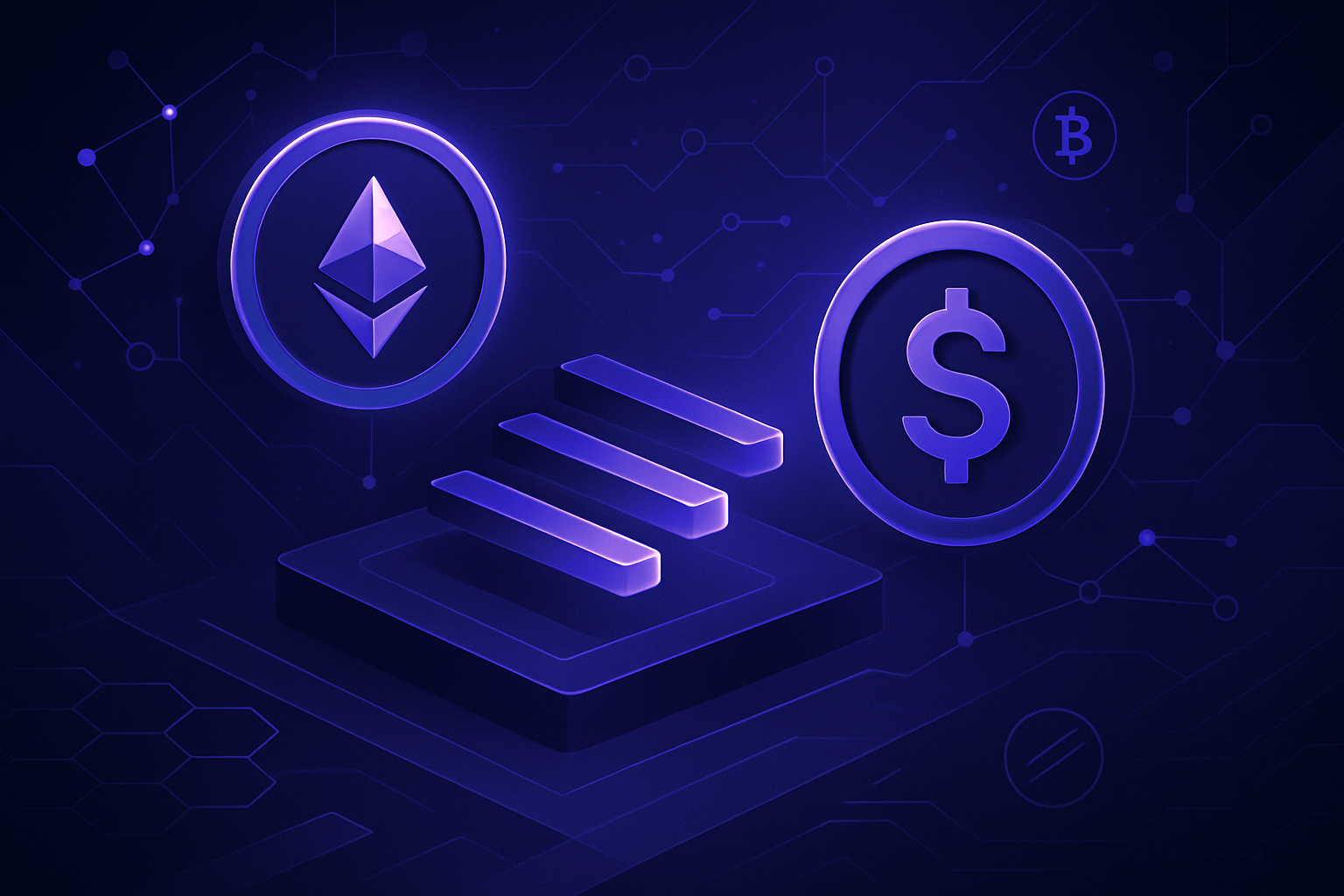
Ethereum’s explosive growth has illuminated a hard truth: sequential transaction processing is a bottleneck for mainstream adoption. As DeFi, gaming, and enterprise dApps demand ever more capacity, developers are forced to make trade-offs between performance and Ethereum compatibility. Enter Monad EVM parallelization: a technical leap that empowers builders to achieve ultra-high throughput on an Ethereum-compatible chain, without rewriting their stack.
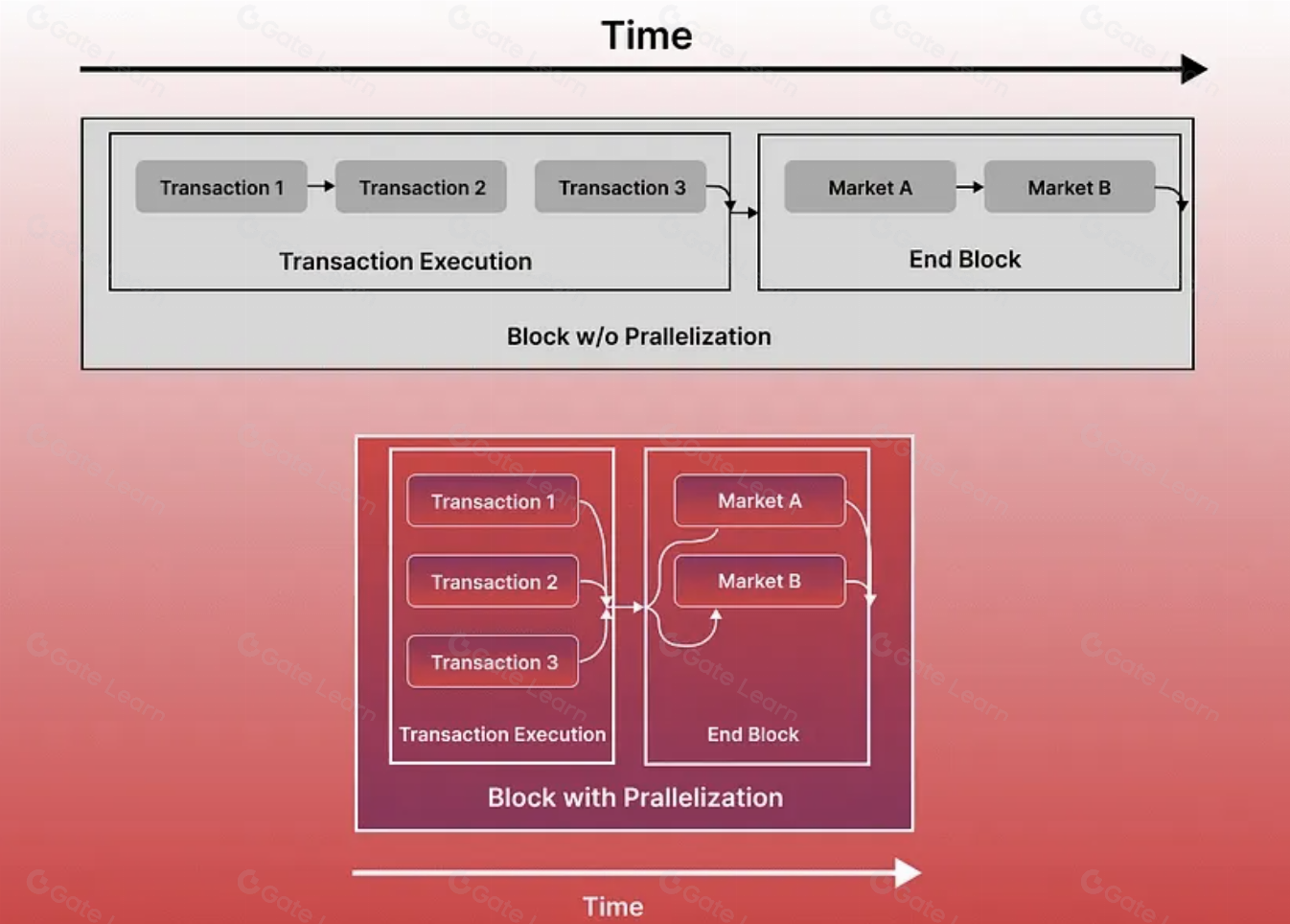
Why Monad’s Approach Matters for Developers
Traditional EVM chains like Ethereum process transactions one after another. This sequential model guarantees deterministic outcomes but at the cost of scalability. When gas markets heat up, users pay higher fees and wait longer for confirmations, an unsustainable pattern as dApps scale globally.
Monad attacks this problem head-on by introducing true parallel execution within the EVM paradigm. Its engine identifies independent transactions, that is, those without overlapping state dependencies, and executes them concurrently. The result? Monad consistently achieves 10,000 transactions per second (TPS) with 1-second finality, while maintaining full Solidity and toolchain compatibility.
The promise of high throughput on an Ethereum-compatible chain is no longer theoretical. Monad’s architecture delivers real-world speed without sacrificing decentralization or security.
The Technical Pillars: Parallel Execution, Consensus, and Storage
The magic behind Monad’s performance lies in three architectural breakthroughs:
- Parallel Execution Engine: Monad’s core analyzes each block’s transaction set, groups non-conflicting operations, and executes them simultaneously. This maximizes hardware utilization and minimizes wasted cycles.
- MonadBFT Consensus Mechanism: Drawing inspiration from HotStuff, MonadBFT slashes consensus communication rounds, delivering rapid block finality without compromising decentralization or security.
- MonadDB Storage System: Unlike legacy EVM chains that serialize disk reads/writes, MonadDB leverages asynchronous operations so multiple transactions can update state concurrently. This is crucial for sustaining high TPS under production loads.
This trio forms the backbone of a high-performance EVM chain purpose-built for today’s dApp demands. For a deep dive into how these components interlock to unlock 10,000 TPS without compromising Ethereum compatibility, see this technical guide.
Design Patterns for Maximizing Parallelism in Your dApp
The opportunity, and challenge, for developers is clear: architect your smart contracts to maximize independence between transactions. The more you minimize shared state access and cross-contract dependencies, the greater your app’s throughput potential becomes on Monad.
- Avoid global variables: Design contracts so that most user actions affect only isolated storage slots or mappings.
- Leverage pure/view functions: Stateless logic enables safe concurrent execution without storage conflicts.
- Batch unrelated actions: Grouping independent user interactions in the same block lets Monad process them in parallel lanes.
- Pursue modularity: Split complex protocols into smaller contracts with minimal shared state to reduce contention points.
If you’re migrating an existing DeFi protocol or launching a new game on Monad, these best practices will determine whether you fully realize the chain’s advertised performance benefits. For case studies and further strategies specific to DeFi workloads, explore the detailed breakdown at this resource.
It’s not enough to simply deploy existing contracts on Monad and expect transformative results. Developers who want to harness true high-performance EVM chain advantages must revisit their architectural assumptions. Monad’s parallel execution rewards those who design for concurrency, but it exposes bottlenecks in contracts reliant on global state or monolithic logic. The difference between a dApp that scales linearly with user growth and one that stalls under load often comes down to contract structure.
For practical implementation, consider the following workflow: begin by profiling your dApp’s transaction patterns using simulation tools like Hardhat or Foundry. Identify hot spots where state conflicts may arise, then refactor critical paths to minimize shared storage access. Where appropriate, adopt event-driven architectures that offload coordination to off-chain components, this approach not only increases parallelism but also reduces gas expenditure.
Performance Benchmarks and Real-World Impact
The numbers speak for themselves: Monad consistently delivers 10,000 TPS and 1-second finality, far outpacing legacy EVM chains. For DeFi protocols, this means no more bottlenecks during market volatility spikes; for NFT games and social dApps, it unlocks real-time responsiveness previously reserved for centralized platforms. Early adopters have already reported dramatic reductions in gas fees and transaction latency, a competitive advantage in today’s crowded Web3 landscape.
Top 5 Benefits of Monad EVM Parallelization for Developers
-
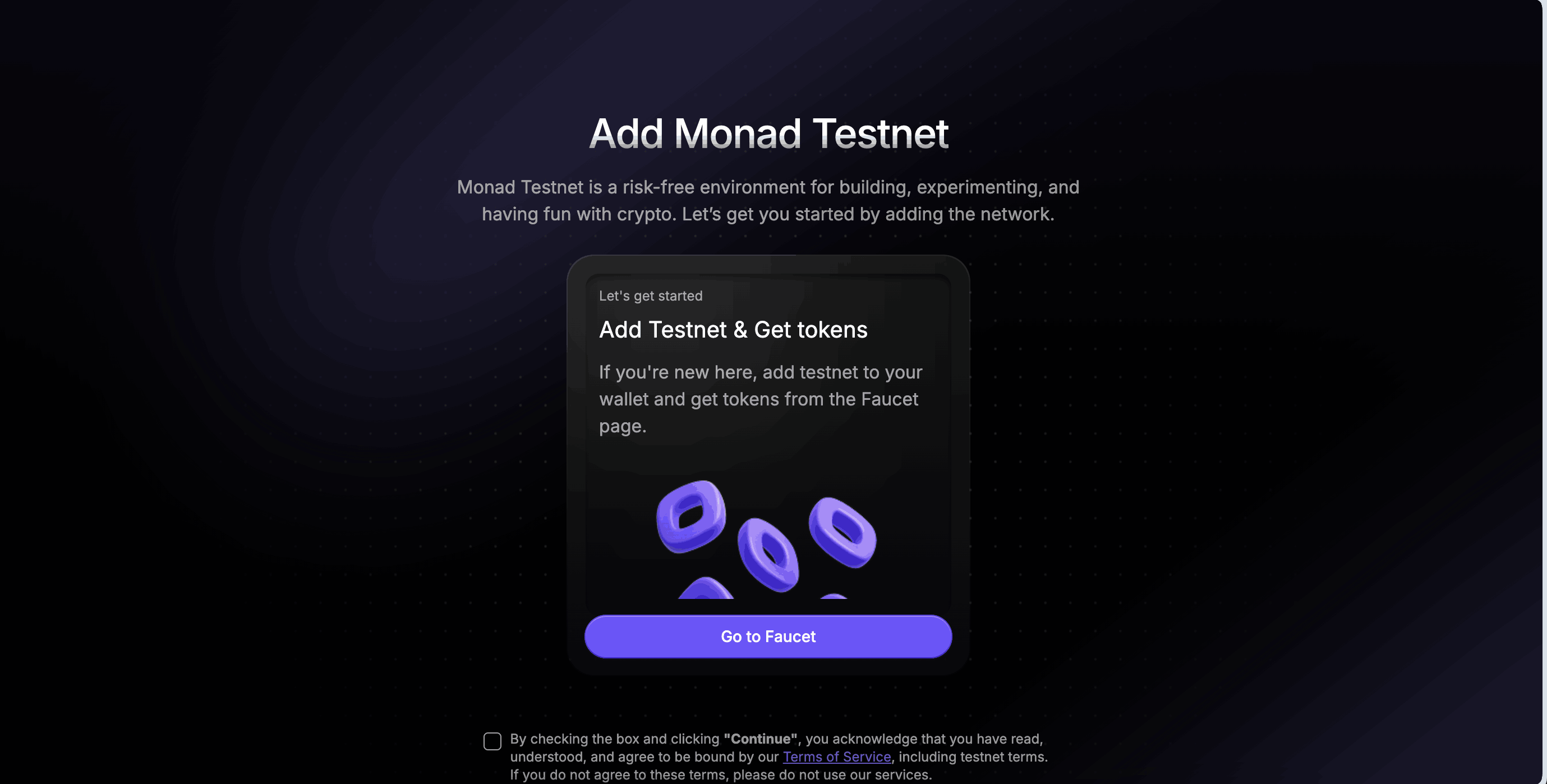
Ultra-High Throughput (10,000 TPS): Monad’s parallel execution engine enables processing of up to 10,000 transactions per second, allowing developers to build dApps that can scale to millions of users without congestion.
-
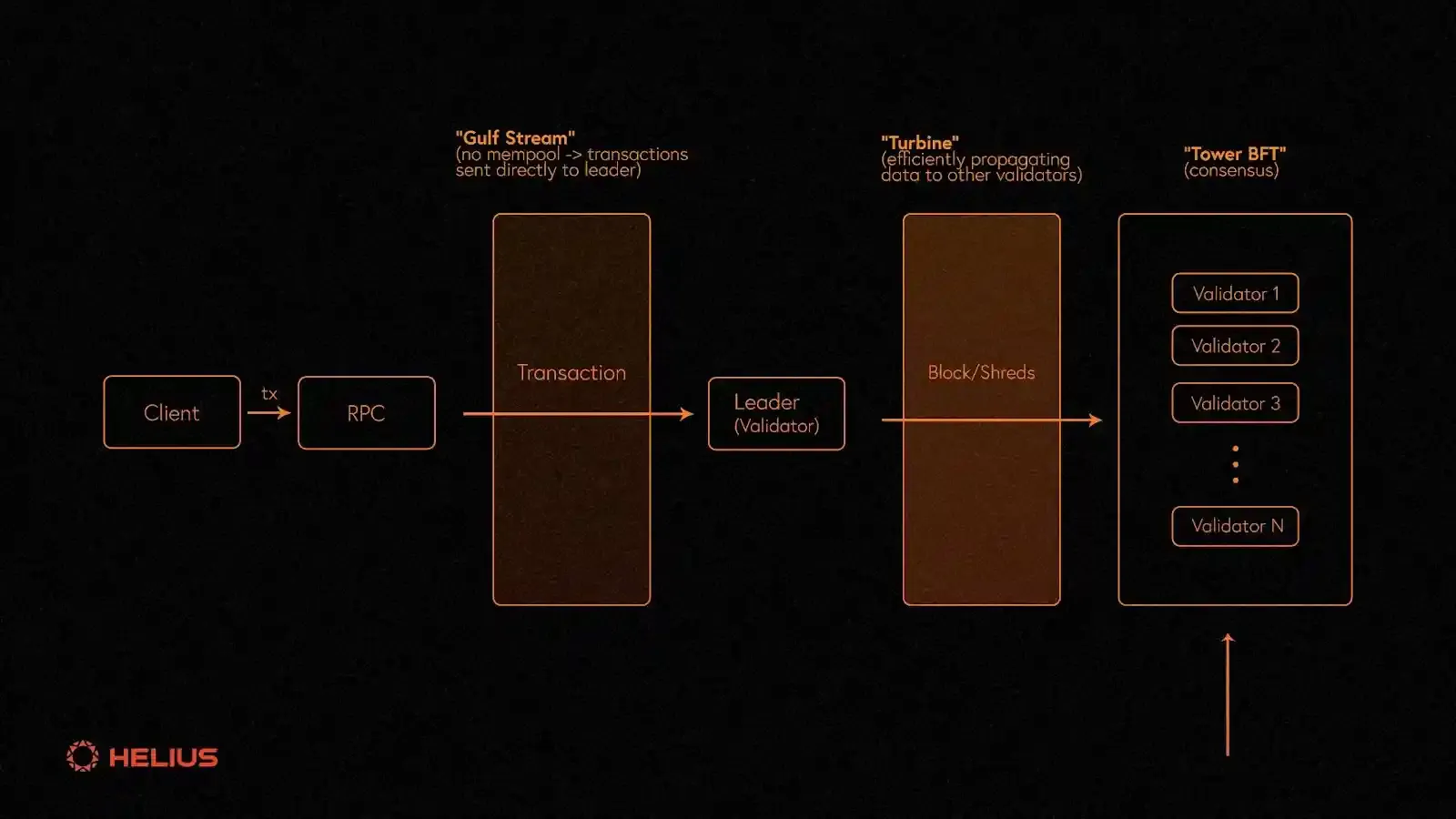
Near-Instant Finality (~1 Second): With the MonadBFT consensus mechanism, developers benefit from block finality in approximately one second, ensuring rapid transaction confirmation and a seamless user experience.
-

Full EVM Compatibility: Monad supports unmodified Solidity smart contracts and standard Ethereum tooling, allowing developers to easily port existing dApps and leverage familiar workflows without additional learning curves.
-
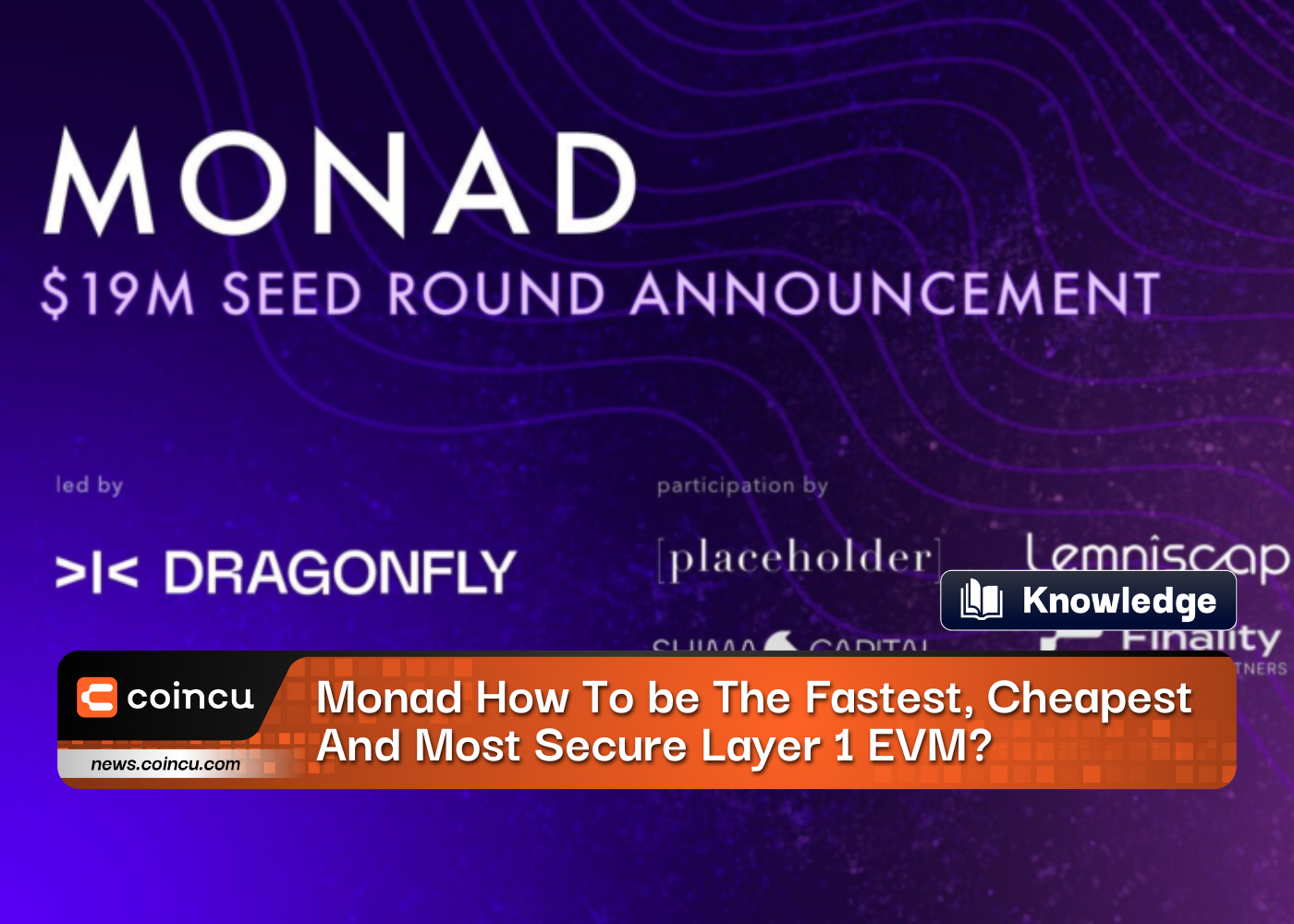
Significantly Lower Gas Fees: By optimizing resource utilization through parallelization and MonadDB’s asynchronous storage, Monad reduces network congestion and lowers transaction costs for both developers and end-users.
-
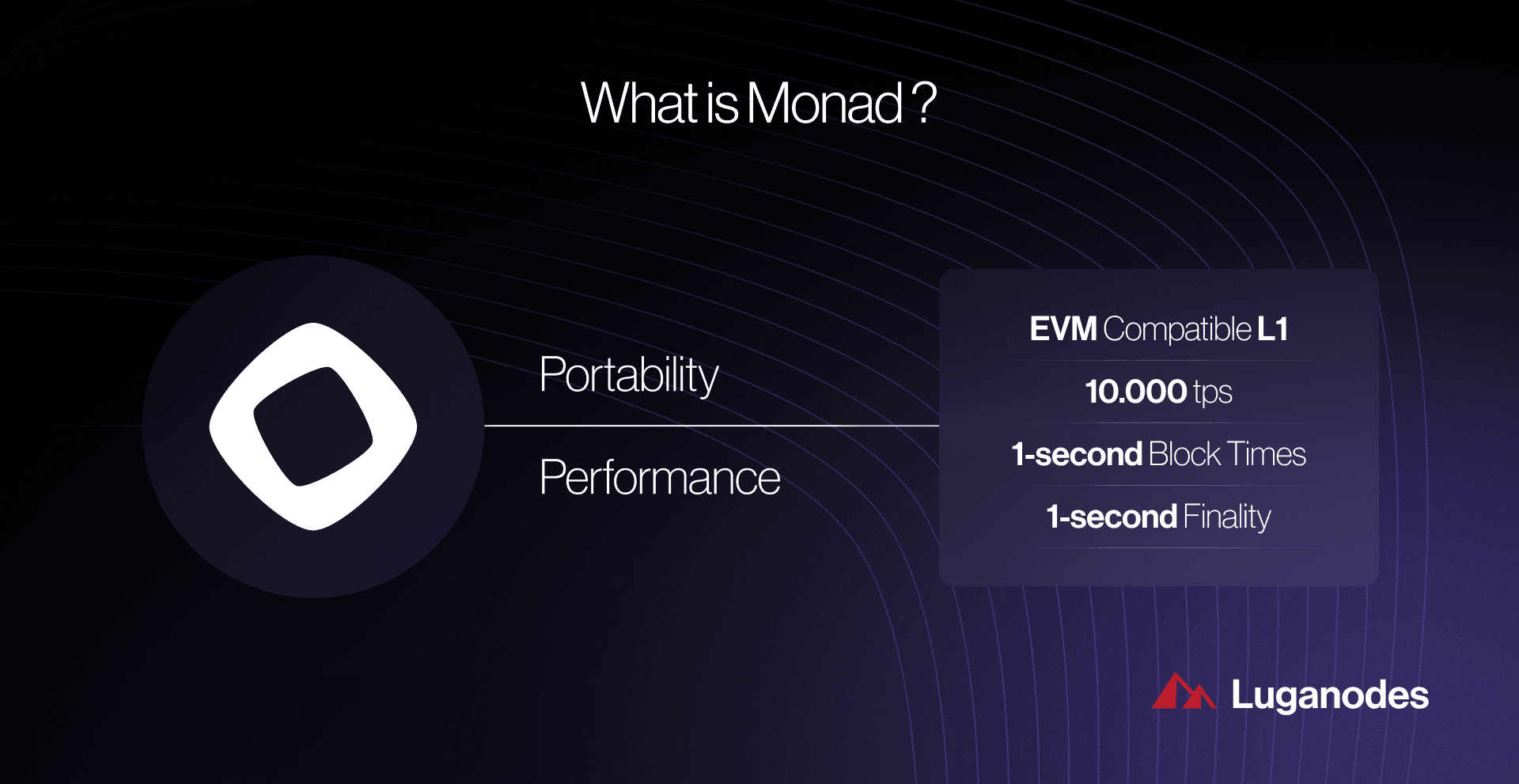
Enhanced dApp Performance and Scalability: The ability to execute independent transactions concurrently allows developers to design highly scalable DeFi, gaming, and NFT applications that remain performant even under heavy load.
Crucially, Monad achieves these gains without sacrificing Ethereum compatibility. Solidity developers can port contracts with minimal changes, maintain familiar toolchains, and tap into the vast existing ecosystem of libraries and security audits. This lowers the barrier to entry while future-proofing your project against shifting infrastructure trends.
Realizing the Potential: Next Steps for Builders
The opportunity is immediate: as congestion grows on traditional networks, demand will shift toward solutions offering both scale and composability. By embracing Monad EVM parallelization, teams position themselves at the forefront of this migration, ready to serve mainstream users without trade-offs.
The evolution of blockchain infrastructure is accelerating. The projects that thrive will be those who treat scalability not as an afterthought but as a core design principle from day one. With Monad’s parallel execution model now production-grade, there are no more excuses, only new possibilities.
